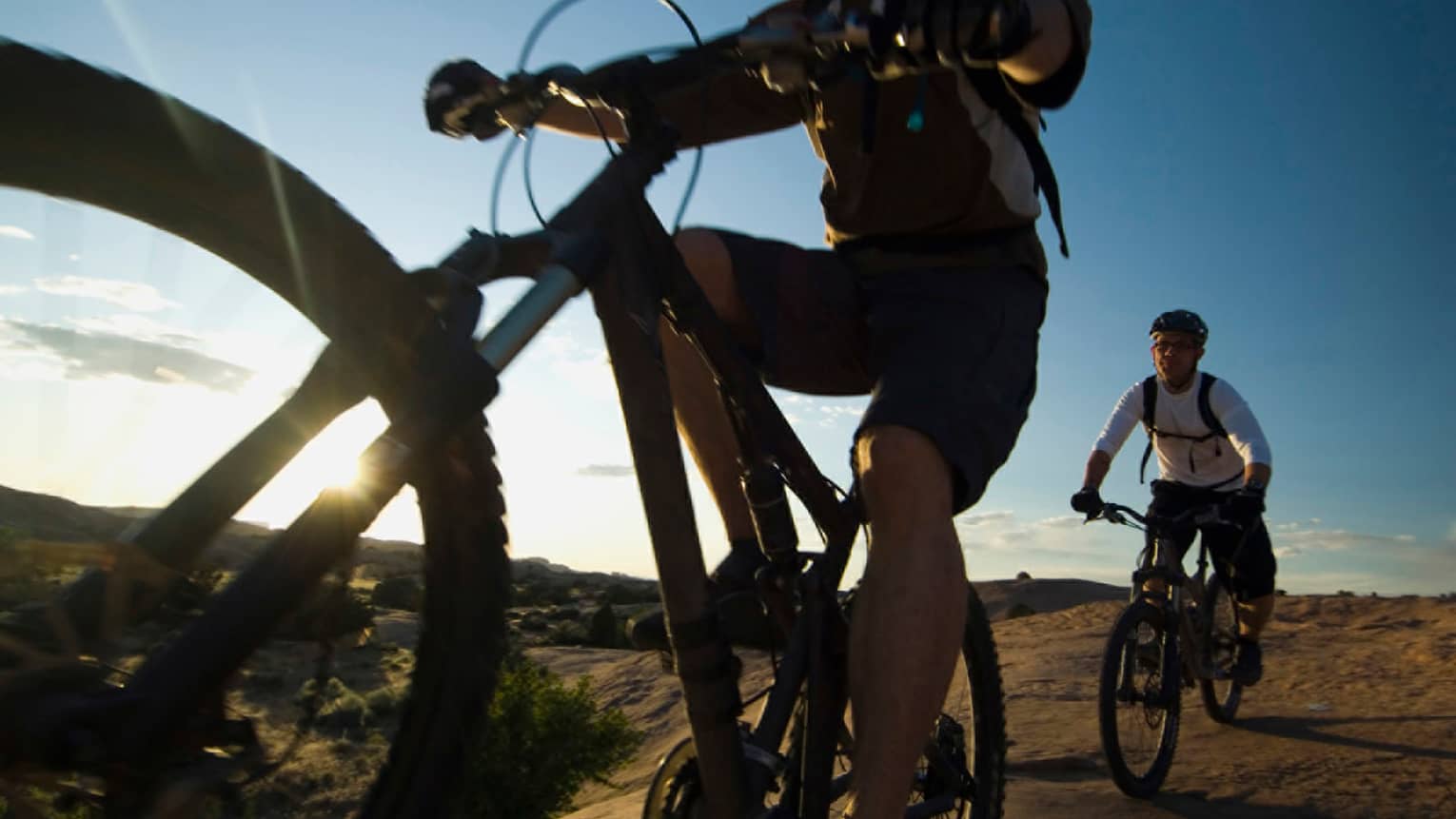Electric Bike Rain Riding: Essential Wet Weather Techniques
Riding your electric bike in the rain doesn't have to be daunting. Modern ebikes are designed with water-resistant components that can handle wet conditions when proper techniques are applied.
Speed and Braking Adjustments for Wet Conditions
Just because your ebike can hit 20 MPH doesn't mean you should always travel that fast. Slow down to give yourself and those around you more time to react. Wet surfaces dramatically increase stopping distances, making speed control crucial for safety.
Key rain riding techniques:
- Reduce speed by 25-40% compared to dry conditions
- Begin braking earlier to account for extended stopping distances
- Use both front and rear brakes evenly, but favor rear brake to prevent wheel lockup
- Avoid sudden acceleration or sharp turns that can cause skidding
Visibility and Safety Equipment
Rainy weather can affect visibility, so it's important to keep your ebike's headlight and rear light on to signal to others that you're on the road. Enhanced visibility becomes critical during overcast and rainy conditions.
Essential safety equipment for rain riding:
- High-powered LED lights front and rear
- Reflective clothing and gear
- Bright, fluorescent colors for maximum visibility
- Quality fenders to prevent water spray
For more information about proper lighting and safety equipment, check out the National Highway Traffic Safety Administration's bicycle safety guidelines.
Winter Electric Bike Riding: Snow and Ice Mastery
Winter ebike riding presents unique challenges that require specialized preparation and techniques. The short answer is yes, you can ride an e-bike during the winter, so long as you prepare properly and take precautions.
Tire Selection and Pressure Optimization
Proper tire setup is fundamental for winter riding success. Studded tires are the best option for riding on ice, while knobby tires can provide good traction on snow. You can also lower your winter tires pressure to increase traction on slippery surfaces.
Winter tire recommendations:
- Fat tires (4+ inches): Ideal for floating over loose snow
- Studded tires: Essential for icy conditions and hard-packed snow
- Aggressive knobby treads: Best for variable snow conditions
- Pressure adjustment: Reduce to 5-20 PSI for enhanced traction
Power Management in Winter Conditions
High power modes can cause the rear wheel to spin out. Using a lower assist mode on your e-bike helps maintain traction, especially when starting from a stop or climbing hills.
Advanced power techniques:
- Use lowest assist levels in slippery conditions
- Apply throttle gradually to prevent wheel spin
- Maintain steady pedaling cadence in low gears
- Avoid sudden power changes during turns
Check out our range of winter-ready electric bikes designed for challenging conditions.
Battery Performance in Extreme Weather
Cold weather significantly impacts electric bike battery performance. Even though e-bikes can usually function in extremely cold temperatures around -5°F, the lithium-ion batteries they rely on are vulnerable in freezing winter conditions.
Cold Weather Battery Management
Essential battery care tips:
- Store battery indoors when not in use
- Preheat battery before rides in sub-freezing temperatures
- Never charge batteries below 32°F (0°C)
- Consider neoprene battery covers for insulation
- Plan shorter rides to account for reduced range
Learn more about proper battery care in our ebike maintenance guide.
Advanced Hot Weather Riding Techniques
Summer riding presents different challenges, including battery overheating and rider comfort management.
Heat Management Strategies
- Monitor battery temperature during long rides
- Seek shade during breaks to prevent overheating
- Use lower assist levels to reduce motor strain
- Stay hydrated and wear breathable, moisture-wicking fabrics
For detailed information about heat-related health concerns while cycling, visit the Centers for Disease Control and Prevention's heat illness prevention page.
Maintenance and Post-Ride Care
Weather-specific maintenance is crucial for ebike longevity and performance.
Post-Weather Riding Maintenance
After rain or snow rides:
- Clean and dry all components thoroughly
- Apply appropriate chain lubrication (wet lube for winter, dry lube for summer)
- Inspect brake pads and cables for wear
- Check tire pressure and tread condition
- Store bike in dry, ventilated area
Preventive Weather Protection
- Install quality fenders for all-season protection
- Use chain guards to prevent debris accumulation
- Apply anti-corrosion treatments to metal components
- Regular professional tune-ups before season changes
Explore our professional maintenance services to keep your ebike in peak condition.
Building Weather Riding Confidence
Developing advanced weather riding skills requires progressive practice and experience.
Skill Development Progression
- Start with short rides in mild weather conditions
- Practice controlled braking in safe, empty areas
- Gradually increase distance as confidence builds
- Master emergency maneuvers like controlled skids and quick stops
- Develop route planning skills for weather-appropriate paths
For comprehensive cycling safety education, reference the League of American Bicyclists' safety courses.
Conclusion
Weather-specific electric bike riding requires preparation, proper equipment, and advanced techniques. By mastering these skills, you can safely enjoy year-round ebiking regardless of conditions. Remember that safety always comes first – when in doubt, choose alternative transportation rather than risk injury.
Whether you're commuting through winter snow or summer heat, these advanced techniques will help you ride confidently and safely. Start practicing these skills gradually, and always prioritize proper equipment and preparation for the conditions you'll face.
Ready to upgrade your weather riding capabilities? Browse our complete collection of all-weather electric bikes designed for serious riders who refuse to let weather stop their adventures.


Share:
Winter E-Bike Tire Guide: In-Depth Comparison of Winter Tire Options
Safety and Planning Checklists - Stay Prepared on Every Ride